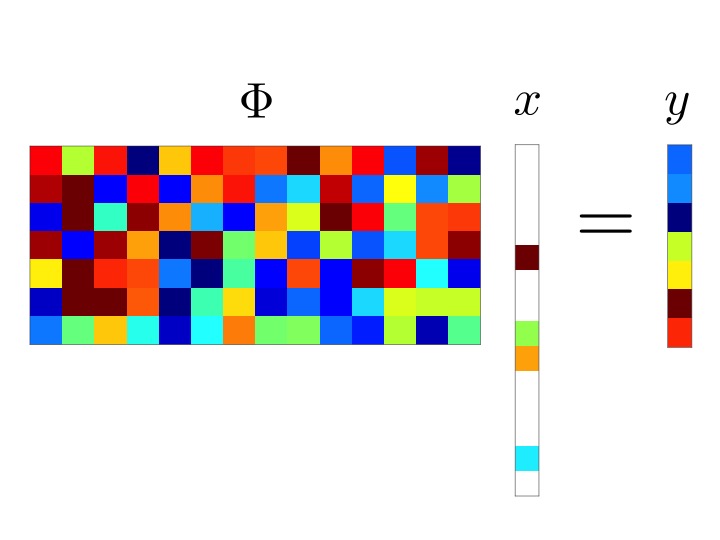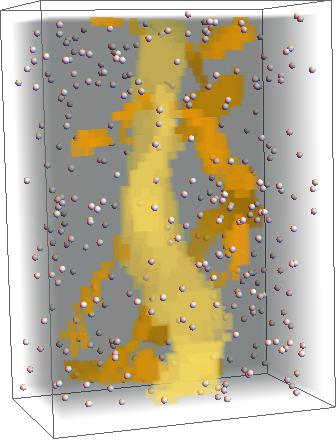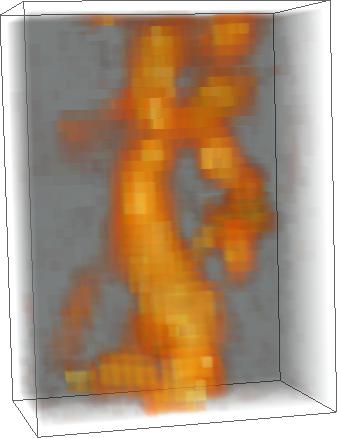
Research
My research focuses on inverse problems and its imaging applications. In general, I am interested in developing robust computational methods and efficient algorithms for solving applied science problems, espcially with big data. Here are a few topics I have spent significant time on:

Sparsity and Compressive Imaging
Using sparsity information often allows one to reduce the number of necessary data measurements to accurately reconstruct some unknown. I am interested in building upon these ideas by developing computational methods and designing algorithms to solve nonlinear compressive imaging problems. Can we reliably recover a sparse vector from (noisy) measurements that are sensed nonlinearly? How many measurements do we need? This is a general problem which has specific application to sparse inverse scattering problems. I am also interested in using additional information about the structure of the sparsity to improve algorithm convergence speed.

Fluorescence Microscopy Applications
Obtaining optical resolution past the limit of diffraction has been of great interest for centuries. In optical microscopy, diffraction limited resolution is capped at roughly 250 nanometers, whereas the cellular structures one wants to image can be as small as 10 nanometers. However, high-resolution images past the diffraction limit (so called “super-resolution”) can be obtained using photoactivated localization microscopy (PALM). In PALM, time-sequenced imaging of sparsely illuminated fluorophores allows for individual source localization with high precision, on the order of 10 nanometers. We have proposed the complementary use of an inverse scattering problem following an intial PALM experiment. This can produce high-resolution images of the entire surrounding medium, not just the locations of the fluorophores, all while potentially reducing the necessary amount of experimental work.
Nonlinear Inverse Scattering Problems
While many imaging applications are based on linearizations of the scattered field, there are many interesting applications where such approximations are extremely limiting. An example of this is diffuse optical tomography, where strong multiple scattering occurs. Reconstructing images with multiple scattering is a difficult task, both mathematically and computationally. We developed an algorithm (the Data Compatible T-Matrix Completion algorithm) aimed at solving nonlinear inverse scattering problems in general, with a wide range of applications. A key feature of the algorithm is that its computational requirements are limited by the number of unknowns to be reconstructed, as opposed to the size of the data set. This is especially important in nonlinear (and linearized) scattering experiments, where many data measurements are needed to extract information.
